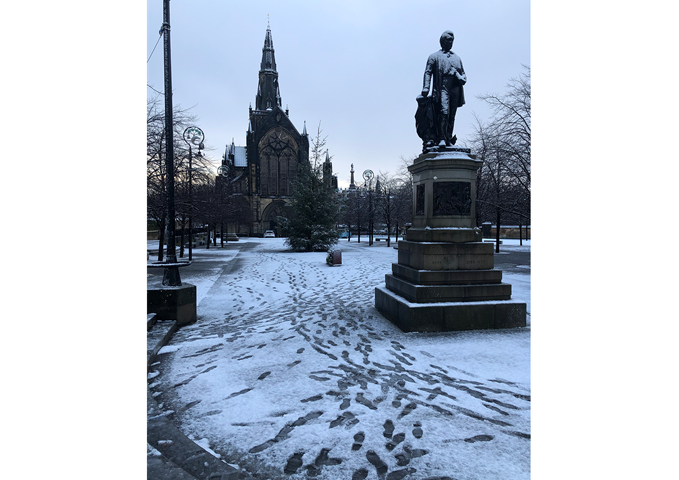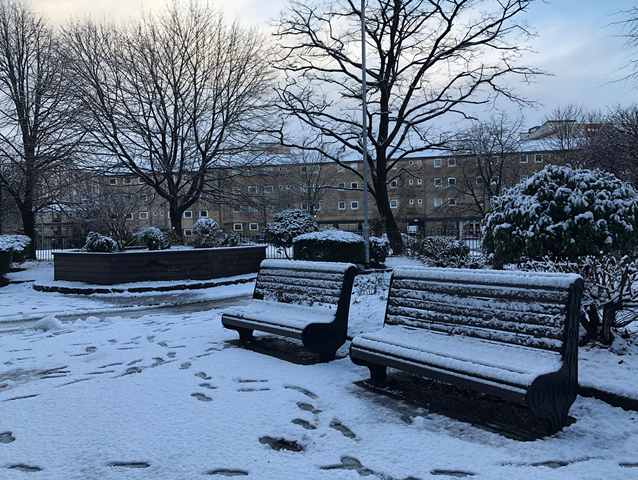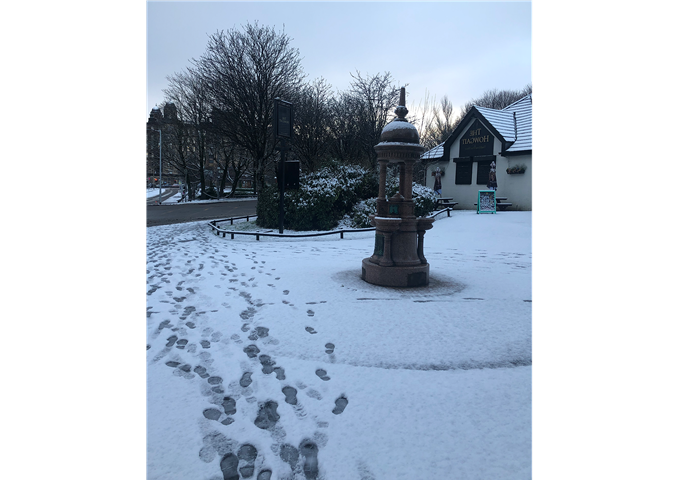When I woke from a winter morning, the curtains were glowing, and the quiet roads hereabouts had fallen to a hush. The city was covered with snow and the roads are full of footprints. For some people, this could be a nightmare, but also a surprise to children. It wraps the city overnight and changes the way we interact with the city. Such as the footprint on the snow which records the walking path, and snowmen outside the courtyard or snow cover on the road that slows down the traffic.
It decorated the city and literally changed the humdrum day with newness and how we see the city in a different way. Alternately, some people may complain that the travel is disrupted, economic production is reduced, meetings are cancelled and schools close early. However, the above is what we feel on the surface but in fact snow is important to our ecosystems.
Snow cover helps protect low growing plants from extreme temperature swings and from drying out in the cold dry air. Once the snow melts, the water helps fill rivers and reservoirs in many regions and snow can reflect 90 percent of incoming sunlight which helps cool the plant. Changes in climate already affect the amount of snow covering, with less snow cover, the land and atmosphere get warmer faster. Therefore, we should be grateful for all the snow we saw, and that we need to study it further in order to ensure our very survival.


